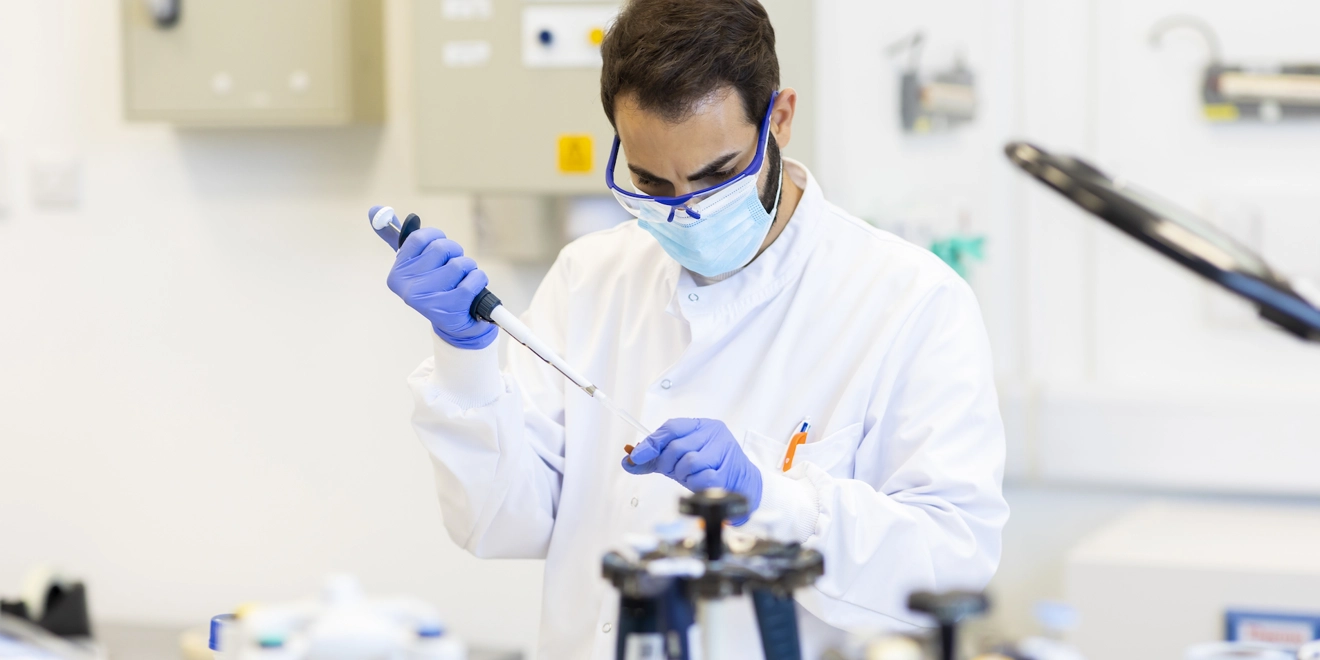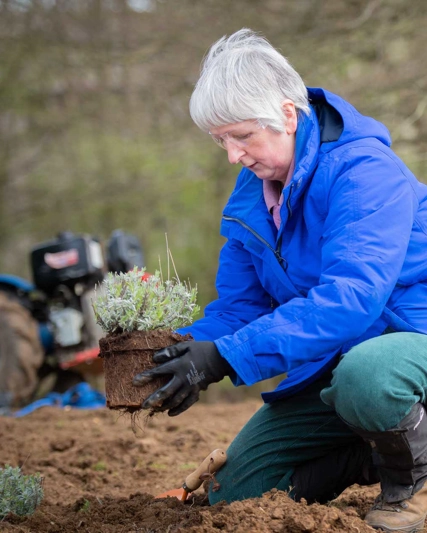Materials and waste
We are committed to reducing our operational waste and reducing the environmental impact of our products and packaging. Here, we detail our materials and waste targets and how we aim to achieve them.

Our materials and waste targets
-
Zero operational waste1 by 2030
-
25% environmental impact reduction for our products and packaging by 2030
-
10% waste reduction from our supply chain by 2030
Notes:
1 Target updated in 2024 to remove specific reference to the elimination of operational single-use plastics. This work has been integrated into the overall operational waste target
How we plan to achieve our targets
Operational waste
We will achieve zero operational waste through a 20% reduction in the amount of both hazardous and non-hazardous waste we generate, and diverting the material we do generate into circular cycles - for example reuse, recycling and composting.
We continue to build on our long-standing operational waste management programme to identify opportunities to find more beneficial uses for waste, including providing by-products from our manufacturing processes to other industries as a raw material.
Products and product packaging
We have committed to a 25% environmental impact reduction for product and packaging by 2030. We will achieve this through integrating environmental aspects into the product design process for all new products and selected established products - with the aim of improving the environmental performance of the product throughout its whole life cycle. This includes using recycled card in packaging, e-leaflets for vaccines and more efficient manufacturing methods.
From 2024, all newly developed or acquired medicines will now have Sustainable Design Plans applied. These use industry-leading product sustainability methodologies to include environmental considerations at every step of the product decision-making process, from design to disposal.
We are a founding member of the Circularity in Primary Pharmaceutical Packaging Accelerator, a collaborative initiative across the pharmaceutical supply chain to develop and deploy solutions for the recycling of primary pharmaceutical packaging.
Supply chain
We’re working on a supply chain waste footprint to help prioritise procurement of materials that generate less waste and to support supplier engagement on waste reduction.


